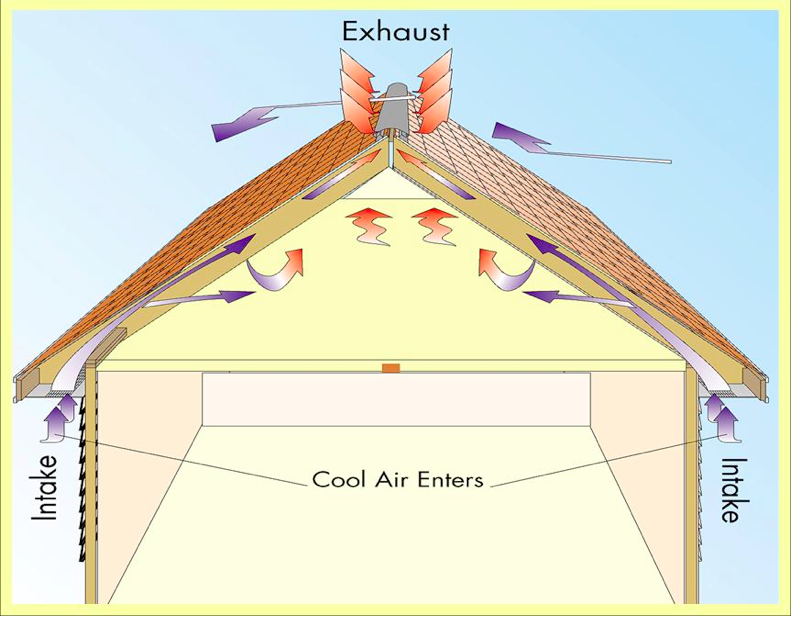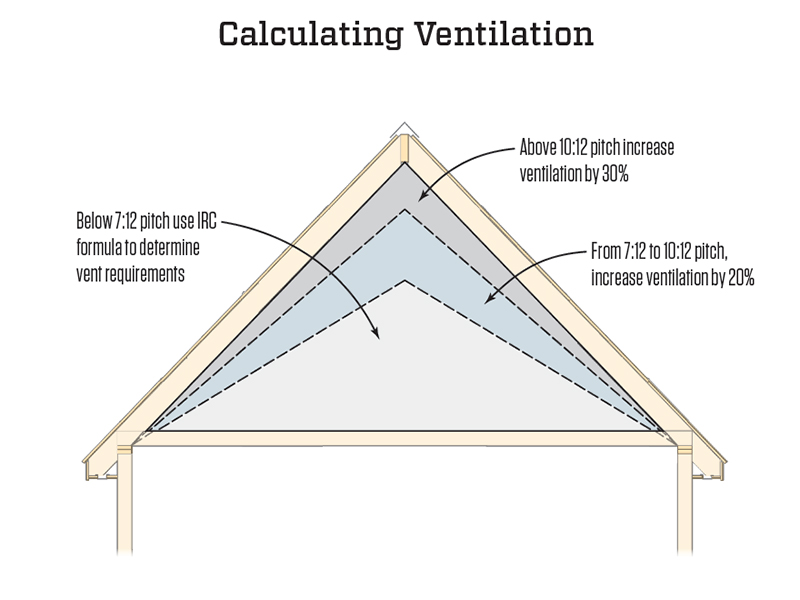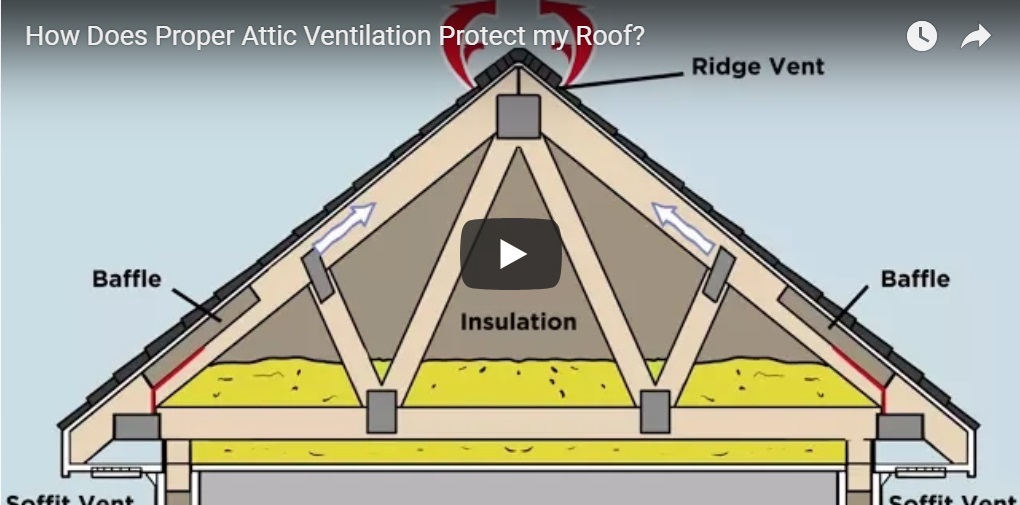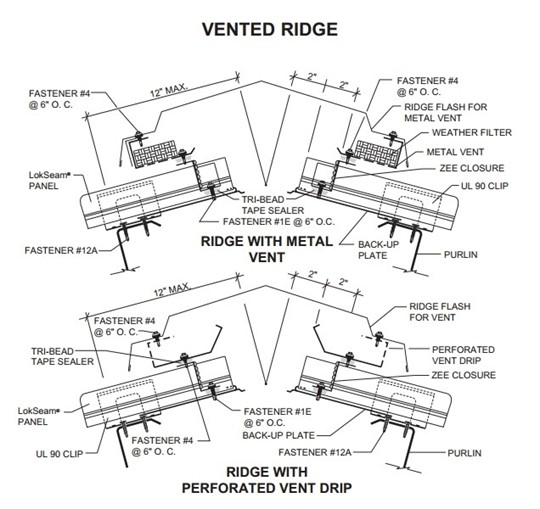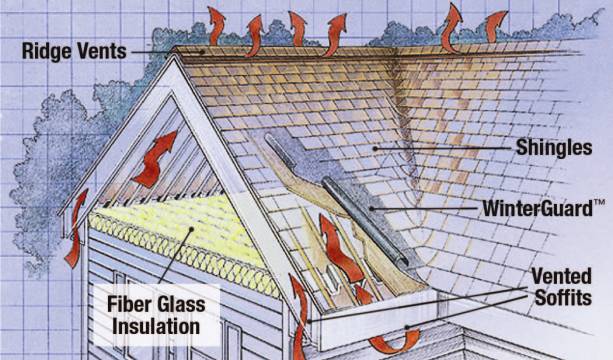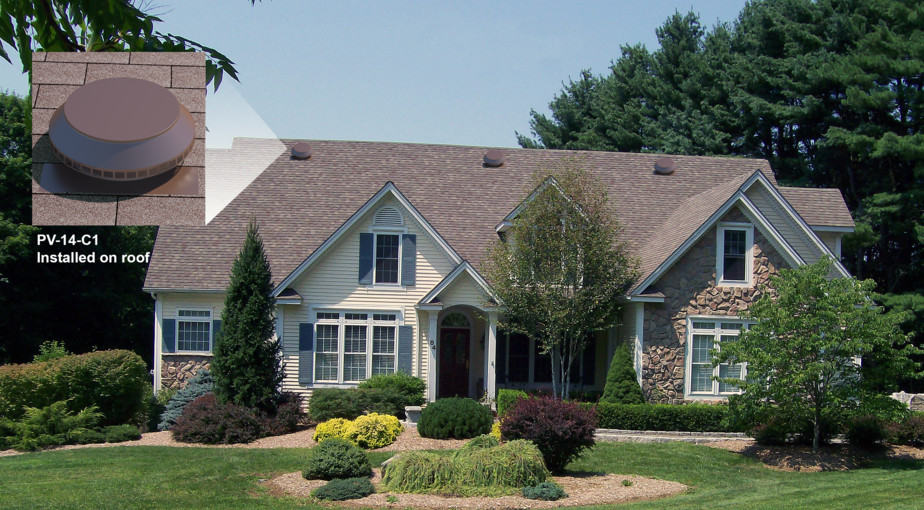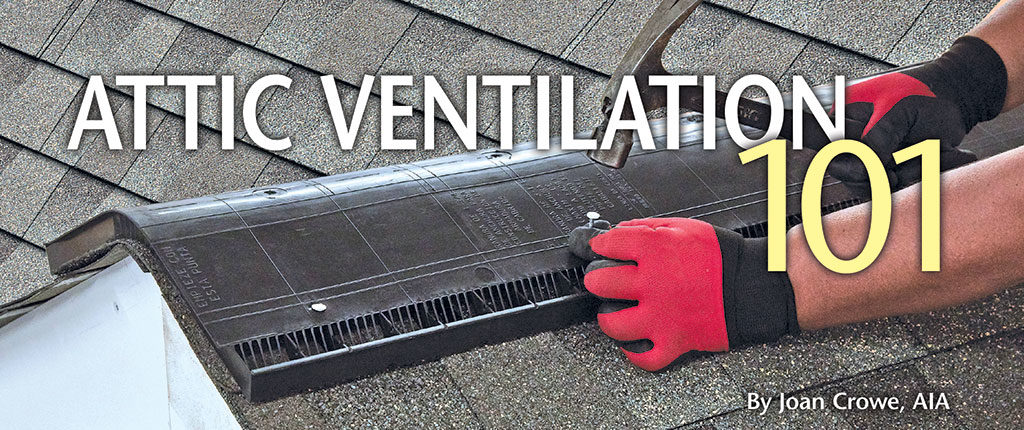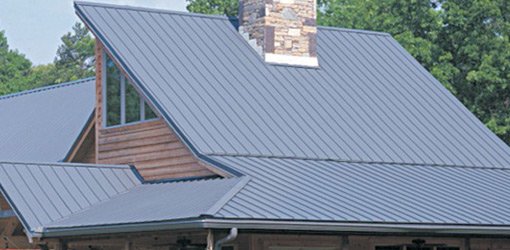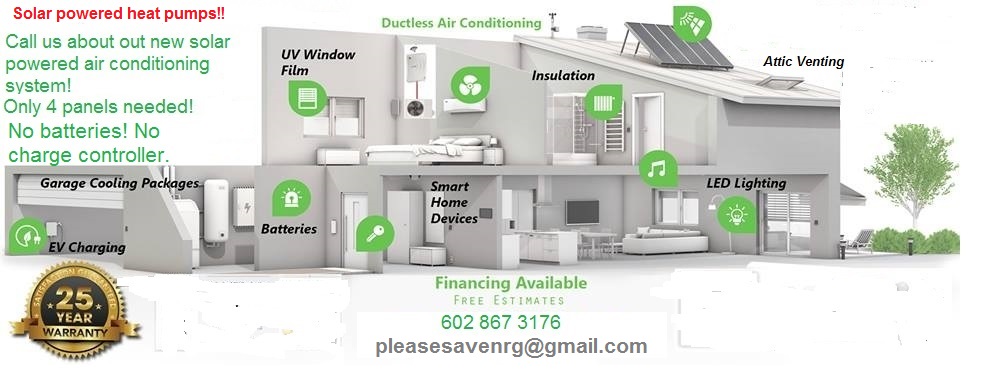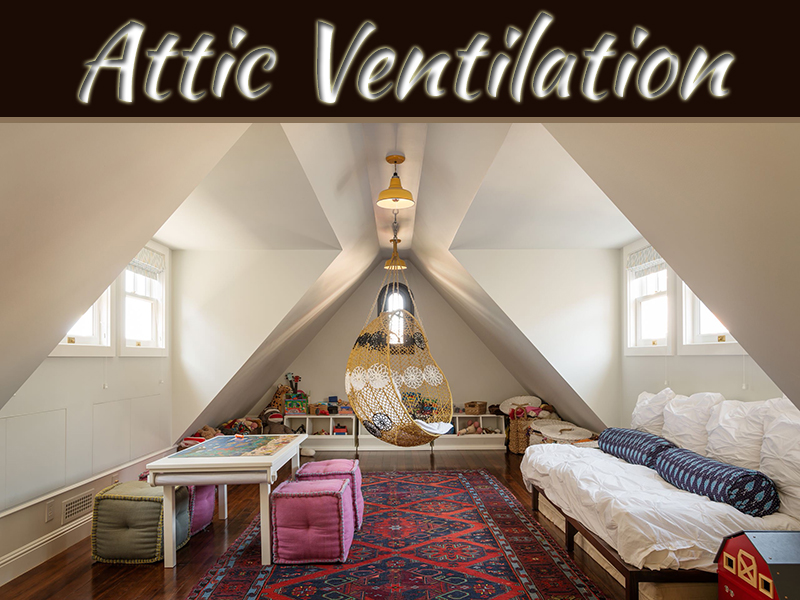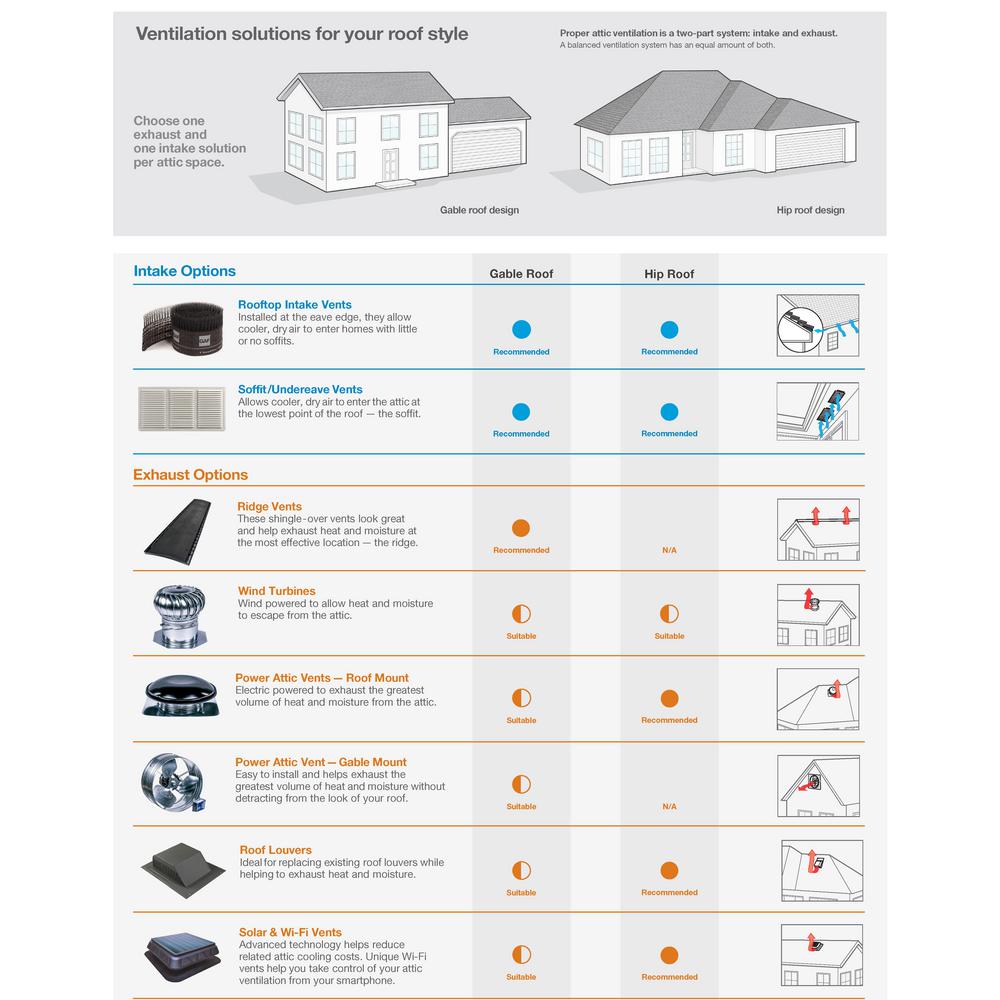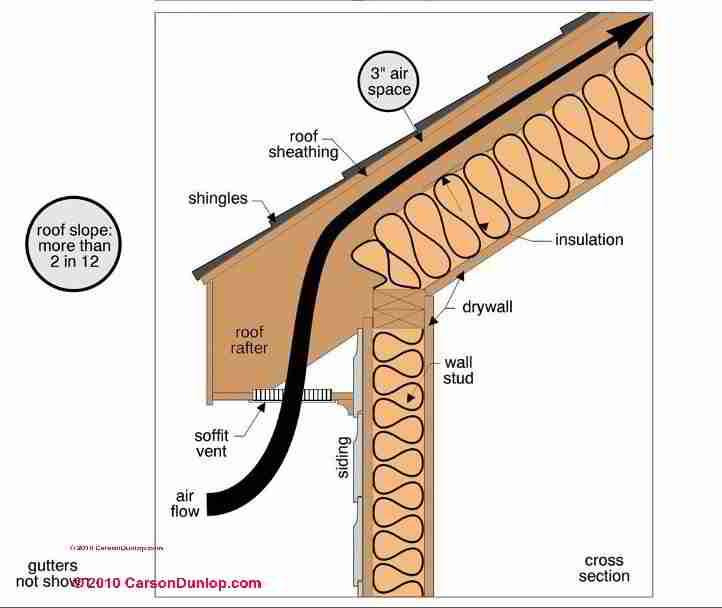Venting Steep Attic

Typically building codes include minimum requirements applicable to attic ventilation.
Venting steep attic. Additionally attic ventilation is a key ingredient in the defense against ice dams in snow and ice climates. Intake vents located at the lowest part of the roof under the eaves allow cool. It really is a design choice. Proper attic area ventilation is an important performance consideration for a home or building with a steep slope roof.
Code requirements the international building code 2012. Proper attic ventilation can be an impor tant performance consideration when design ing and installing steep slope roof systems. Typically building codes include minimum attic space ventilation requirements as well as the roofing industry weighing in on practical guidelines. Ventilating attic spaces is often viewed as a technical requirement for steep slope roof assemblies as well as a building code requirement.
Our ul certified aura vents pop vents round back vents and keepa vents are tested to withstand wind pressure speeds up to 200 mph. Attic ventilation works on the principle that heated air naturally rises primarily utilizing two types of vents. Attic ventilation is a year round strategy to help fight heat buildup in the warmer months and moisture buildup in the colder months. However since the 2009 edition of the irc attics can be designed to be either vented or unvented.
